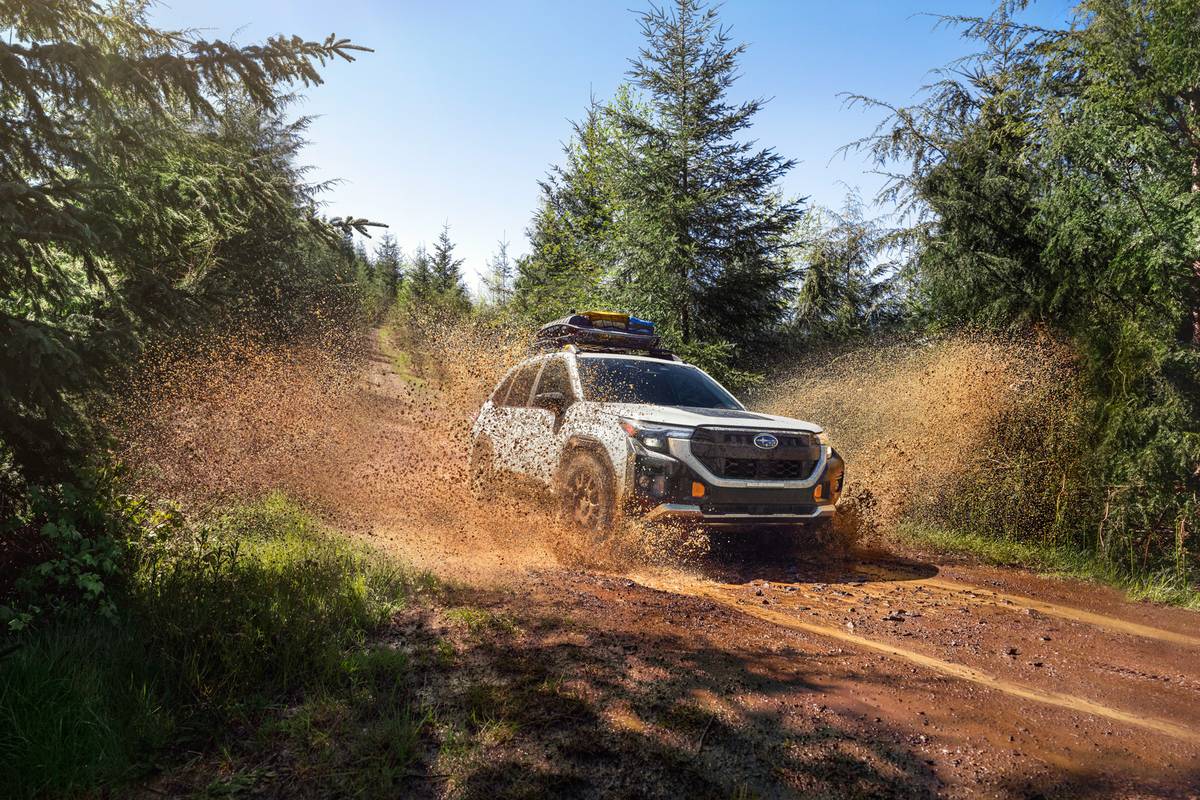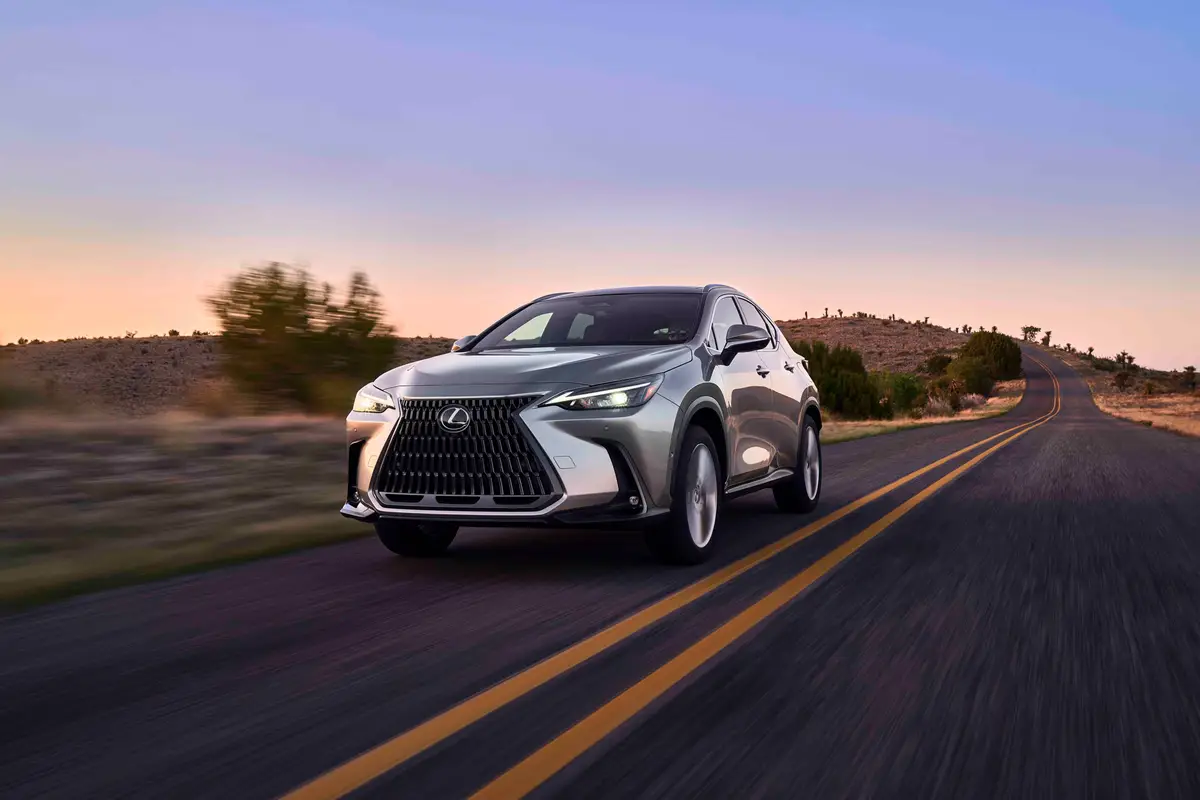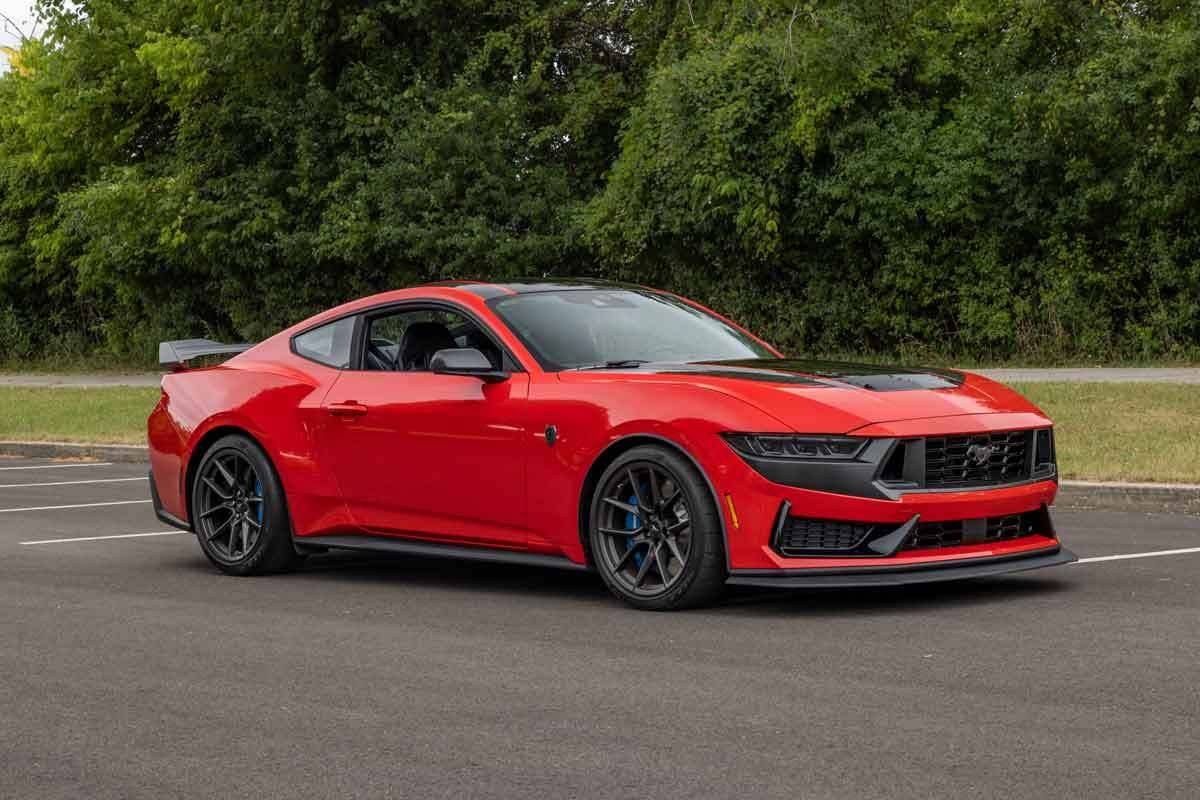Cincinnati.com's view
Coupes are generally the playthings of the young and unencumbered. They don’t really work for hauling more than two adults, and, by the time you add the hassle of child-protective seats to the equation, they aren’t likely to woo many mothers. But there is life after children – even after 40 – and at that stage, having survived the rigors of rearing, a lot of people might be figuring they owe themselves a treat. And there’s that midlife thing, too.
This opens up a niche of opportunity for auto manufacturers. These older-but-still-youthful-minded veterans of the parenting wars have two things young coupe buyers generally don’t – dough, and taste. They feel they’ve earned some luxury in their lives, and finally can afford it. But make it grownup, please, we’re no longer cruising the lot at the House of Ptomaine (sigh).
Those looking to trade in the old minivan will find plenty of choices, one of the most attractive this week’s guest, the new Acura 3.2CL. I won’t recuse myself just because it’s made up the road in Marysville, Ohio, but it does make me proud to be a Buckeye. It’s assembled alongside parent company Honda’s offerings and it has 70 percent North American content, with transmission and sundry little bits coming from across the big ocean.
The newly-revised CL offers an appreciable 5.3 cubic feet more cabin space than its predecessor, for a total of 90 cubic feet, which puts it in EPA’s midsize category. This came about with a tad of longitudinal and lateral stretching. The extra room was used to good advantage up front, and the car might best be described as a 2+2, meaning suited to two adults plus two in a (literal) pinch.
The 3.2CL comes only fully loaded, which means all the usual power and accessory goodies plus such unexpected delights as side air bags, leather seating, power passenger’s seat, heated front seats, power moonroof, xenon high-intensity headlamps and a serious Bose AM-FM-cassette-CD changer stereo – all that for under $30,000, well within range of a fully loaded Accord or Camry. The only option available from the factory is a $2,000 navigation system; I suppose you could find a hungry dealer who offers a “gold kit” along with the “protection” scams.
There are two series of 3.2CL, the regular and the “S” type, as in sporty. The latter is a couple of grand more than the base car – money well spent, in my opinion. But if you zero in on this model, you should definitely try both, over a variety of roads. Among the differences is a firmer suspension on the S, achieved through stiffer springs and shocks and a larger rear stabilizer bar. The one tested was an S type, and although I did not find it objectionably firm, some might. Even over bad pavement breaks, harshness was kept outside the cabin.
The S type also gets a pumped-up version of the all-aluminum, six-cylinder V-6 that it shares with the base model. In the case of the S, a variable intake pathway is provided to allow a ram-air effect at higher revs, producing more power.
In standard form, the 3.2-liter engine produces 225 hp at 5,600 rpm, along with 217 foot-pounds of torque at 4,700. With the S trickery, it makes 260 hp (15 percent more) at 6,100, and creates more torque (232 foot-pounds) over a wider range (3,500-5,500). Redline on the base engine is set at 6,300 rpm; on the S, 6,900.
Both powerplants require premium unleaded. You might be able to cheat a little on the base engine, with its 9.8:1 compression ratio, but I wouldn’t even think about it with the S type’s 10.5:1.
The familiar Honda variable valve timing and lift mechanism (VTEC) is employed on both, to provide flexibility under a wide range of driving conditions. Power is transferred to the front wheels via a five-speed automatic transmission with SportShift, which is a semi-gated arrangement for manually picking gears. No manual trans is offered; the SportShift setup should satisfy eed for involvement, although the trannie does quite well on its own with input from a variety of sensors and the driver’s right foot.
I had a minor quibble with the gearing; both fourth and fifth are overdrive ratios. Fourth is an 0.653:1 reduction, while fifth is a stratospheric 0.470:1. Final drive ratio is 4.428 – the designers obviously are no strangers to tire-melting burnouts. It might be a little better if second were closer to first – a forced downshift from 2 to 1 was overly dramatic, I thought. The box shifted quickly and almost undetectably, though, and a sufficiency of throttle pressure was all it took to turn the car into a snarling redline-seeker. On a high-traction surface, with traction control turned off, I got 6.6-second 0-60 runs.
With Honda, efficiency is a watchword, and the VTEC treatment pays off in low emissions and relatively modest fuel consumption. EPA ratings for both series are 19 mpg city, 29 highway (there’s that overdrive). With little freeway cruising and lots of exurban terrorism, I measured 24.7, an impressive number.
The S type moves up to 17-inch Michelin MXM4 tires from the already-generous 16s on the base car. In 215/50 size, with V rating, they lay down a good patch and generally keep it well planted. The S type, in addition to the standard traction control, also gets what Honda calls Vehicle Stability Assist (VSA), a methodology increasingly familiar on performance machines.
Using eight sensors and a silicon controller, VSA can reduce engine output and/or apply braking to one of the front wheels if it determines it is operating outside the preprogrammed envelope of the possible. For example, if the driver is asking the car to corner harder than the bond between tire and road can permit, engine power is reduced and a bit of brake is applied to the inside front wheel until “bite” is restored. On one of my favorite country roads with wide shoulders, I put it to the test. In a series of romps through a wide, sweeping turn, I built up to pushing the CL beyond what I had established was the limit of adhesion and the VSA did indeed save me from myself.
I barely would have known it was helping save for the flashing indicator light on the dash. If you prefer to live dangerously, both VSA and traction control can be switched off, but if you’re that nuts, you might be better off in a rear-drive car.
The antilock brakes are quite up to the BMW-challening mission. Large ventilated discs up front and solid discs rear produced impressively short stopping distances, time after time, with not a hint of fade. When I forced the antilock system to come into play, it did so politely and undramatically.
The stereo had a full, rich sound, typical of Bose units. The 6-disc in-dash CD changer is an unexpected bonus in this range. Radio sensitivity is hampered by the antenna which is merely imprinted in the rear glass.
The 3.2CL is new enough that n either crash nor reliability data are available, but hey, it’s a Honda.
Base price on the 3.2CL Type S, with navigation system, is $32,330. It’s two grand less without the cartographic assistant. In either case, so complete is the equipment load that even Acura Press Relations couldn’t find anything to tack on. Total price, with freight, then, was $32,785. You could get in under $30K by eschewing the S package and the navaids, at which point the car becomes even more compelling vis-a-vis the common herd of midsize offerings.
“The Gannett News Service”
Latest news



